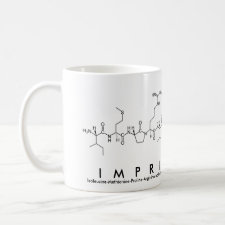
Authors: He Q, Ye ZX, Wu XF, Yuan W
Article Title: Molecularly imprinted technique-flow injection-molecularl fluorometry detect bisphenol A in water.
Publication date: 2011
Journal: Journal of Shanghai Normal University (Natural Sciences)
Volume: 40
Issue: (6)
Page numbers: 574-579.
Alternative URL: http://en.cnki.com.cn/Article_en/CJFDTOTAL-SHDZ201106007.htm
Abstract: Using Bisphenol A (BPA) as the template, acrylamide as monomers, Pentaerythritol Triacrylate PETA as crosslinking agent, we synthesized MIPM in aquosity system with suspension polymerization, on which surface there are some holes. The absorbance of MIPM to hydroquinone will no longer increased after 110 minutes. it means that it reaches the saturation which were 34.38 μmol L-1. The separate genes of MIPM was 22.88 with phenol as competitiors; The MIPM had the better effect of adsorption and selectivity. Using BPA-MIPM as molecule recognizates, Based on the enhancing effect of β-cyclodextrin on the fluorescence from BPA in acidic solution, we set up a new method which was molecular imprinted technique-flow injection-chemoluminescence analysis to detect hydroquinone. The result shows that the range of hydroquinone concentration from 0.1 μg L-1 to 100 μg L-1 with adsorbed by MIPM is linearly dependent, which relativity coefficient is 0.9993 and the relative standard deviation is 0.79%(20 μg L-1, n=11), the detection limit is 0.08 μg L-1. Using the method to detecting hydroquinone from the water sample, the recoveries of hydroquinone is 98.6%-103.9%, the result is pretty good.
Template and target information: bisphenol A, BPA
Author keywords: molecular imprinted polymer microspheres (MIPM), bisphenol A, suspension polymerization, adsorption time, separate genes, molecular fluorescence, β-cyclodextrin



Join the Society for Molecular Imprinting

New items RSS feed
Sign-up for e-mail updates:
Choose between receiving an occasional newsletter or more frequent e-mail alerts.
Click here to go to the sign-up page.
Is your name elemental or peptidic? Enter your name and find out by clicking either of the buttons below!
Other products you may like:
 MIPdatabase
MIPdatabase









